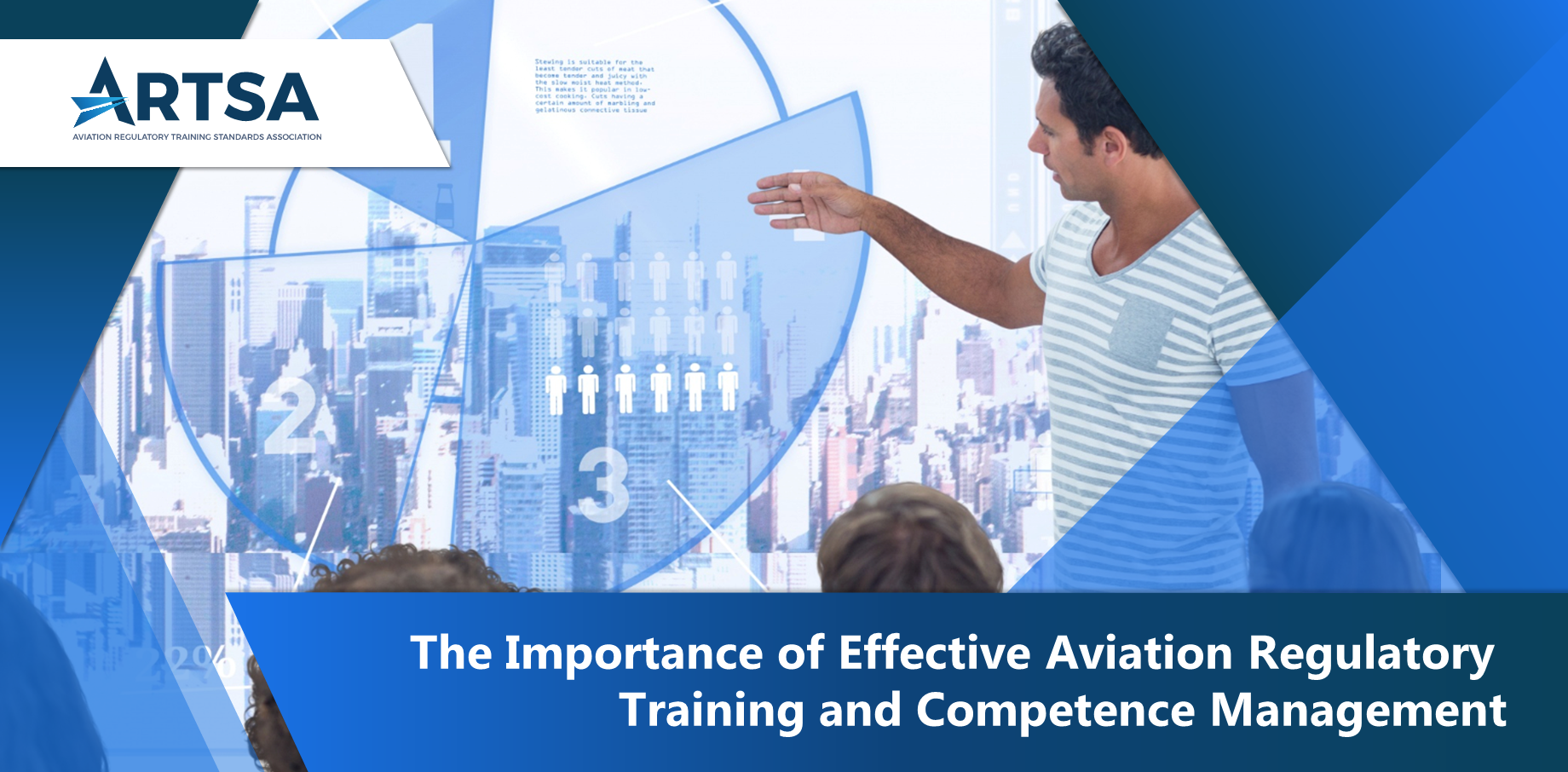
Introduction
EASA and FAA regulations explicitly mandate that individuals involved in critical aviation tasks demonstrate and maintain competence.
Competent personnel are less likely to make errors that could compromise safety. Providing organisational regulatory training ensures they understand their responsibilities and the potential consequences of non-compliance.
- This includes areas like maintenance, quality assurance, and compliance monitoring.
- Ensuring that employees are competent reduces the likelihood of audit findings, penalties, or operational restrictions imposed by regulators.
Why Effective Regulatory Training Matters
- Effective regulatory training is more than a legal obligation—it is a strategic investment ensuring safety, operational efficiency, and organizational resilience in an industry with high stakes.
- By prioritizing well-structured, up-to-date training programs, aviation organizations can safeguard operations, enhance their reputation, and position themselves for sustained success.
Competence Management Considerations
- Competence management is a strategic imperative for aviation organizations operating under EASA and FAA regulations.
– Competence management ensures that staff are well-versed in technical, procedural, and regulatory requirements relevant to their roles.
– This is particularly crucial for safety-critical tasks, such as aircraft inspections and maintenance operations.
- Competence management ensures regulatory compliance by aligning with mandatory guidelines, fostering skilled and adaptable personnel, and reducing the likelihood of human error. It strengthens safety, efficiency, and resilience in an ever-changing industry.
- A proactive investment in competence frameworks empowers organizations to meet current demands while preparing for future challenges.
Building a Culture of Continuous Learning and Professional Development in Aviation
- In the aviation industry, where safety, innovation, and compliance are paramount, fostering a culture of continuous learning and professional development is critical.
– This approach ensures that personnel remain competent, adaptive, and motivated to meet the industry’s dynamic demands. It is not merely an organizational goal but a strategic necessity for long-term success.
- Human error is a significant contributing factor to aviation incidents. It is recognised that such potential for error can be mitigated by ensuring personnel are adequately trained and assessed before undertaking critical tasks.
About Aviation Regulatory Training Standards Association (ARTSA)
With a focus on fostering collaboration among aviation professionals, regulators, and stakeholders, ARTSA.aero is a hub for sharing knowledge, promoting research, and driving initiatives that enhance operational efficiency and safety.
- Through its diverse programs and resources, ARTSA.aero supports the aviation community by providing insights into regulatory developments, safety management systems, and emerging technologies.
- By championing continuous improvement and education, ARTSA.aero empowers organizations to navigate the complexities of modern aviation while upholding the highest safety and performance standards.
Next Steps
Join us today as a member of ARTSA and become part of a global community dedicated to setting the benchmarks in aviation regulatory training.
- Visit ARTSA.aero to learn more and apply for membership—your commitment to excellence will help shape a safer, more compliant aviation industry.
- Email ARTSA on office@artsa.aero
